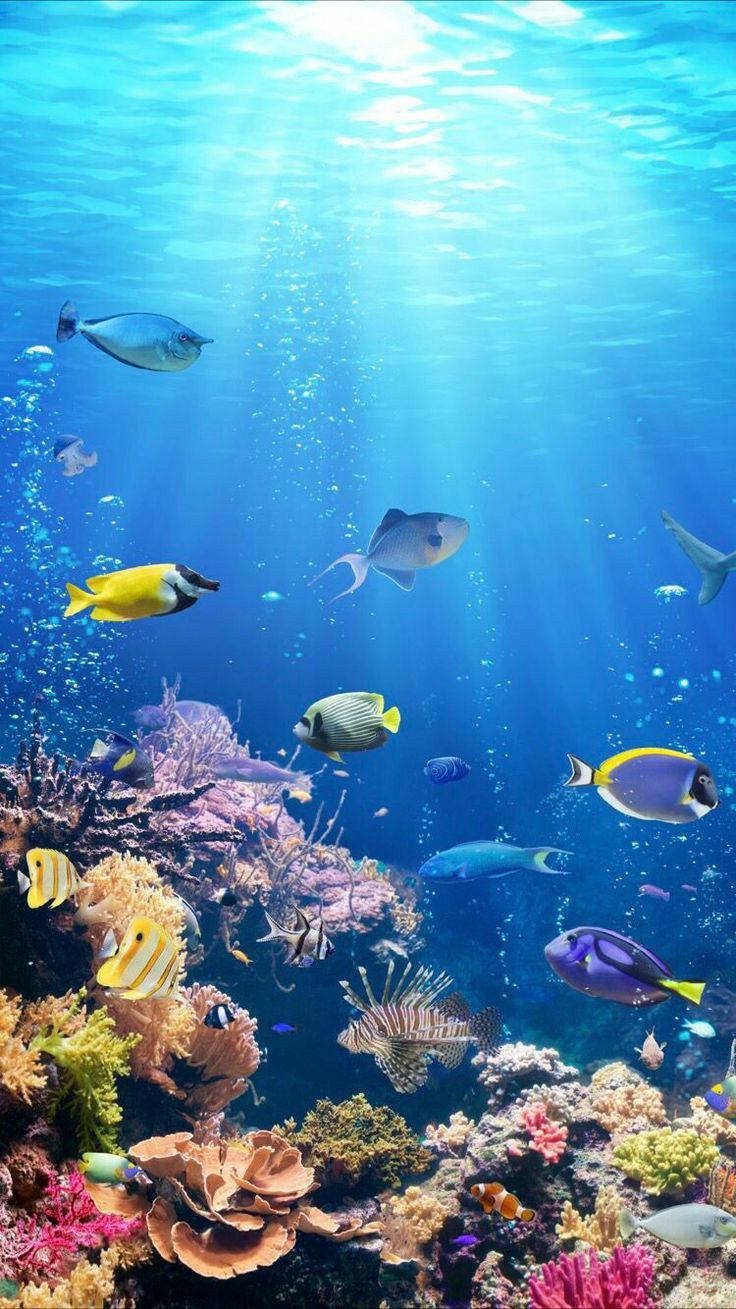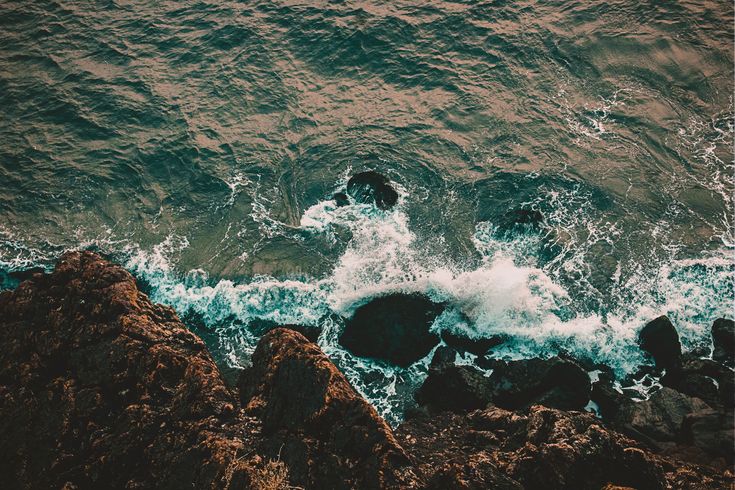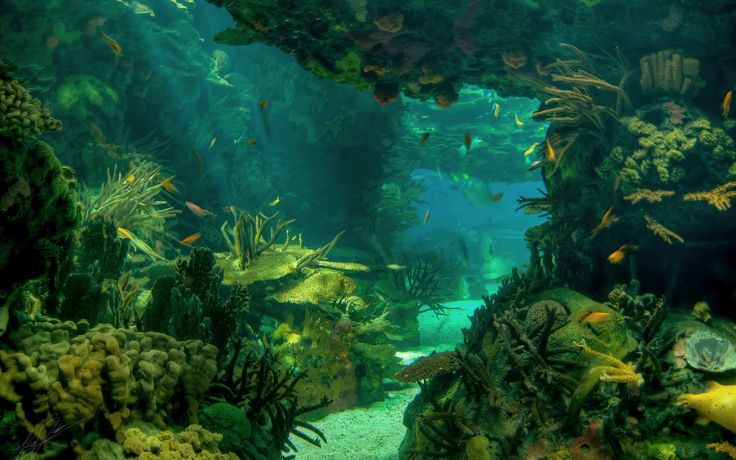Adaptation Actions for Water Management and Ecosystem Protection
The adaptation strategies provided below are intended to inform and assist communities in identifying potential alternatives. They are illustrative and are presented to help communities consider possible ways to address anticipated current and future climate threats to contaminated site management.


Use "Soft" Shoreline Maintenance
- Composite systems – incorporate elements of two or more methods (e.g., breakwater, sand fill, and planting vegetation)
- Create dunes along backshore of beach; includes planting dune grasses and sand fencing to induce settling of wind-blown sands
- Create marsh by planting the appropriate species – typically grasses, sedges, or rushes – in the existing substrate
- Increase shoreline setbacks
- Install rock sills and other artificial breakwaters in front of tidal marshes along energetic estuarine shores
- Plant SAV (such as sea grasses) to stabilize sediment and reduce erosion
- See how San Juan Bay Estuary Program Assesses Vulnerability and Targets Adaptation Measures
- Redefine riverine flood hazard zones to match projected expansion of flooding frequency and extent
- Remediate Brownfield sites in coastal areas and develop parkland along the waterfront that explicitly accounts for sea-level rise

Maintain and Restore Wetlands
- Allow coastal wetlands to migrate inland (e.g., through setbacks, density restrictions, land purchases
- See how Maryland Analyzes Coastal Wetlands Susceptibility to Climate Change
- Create a regional sediment management (RSM) plan
- Develop adaptive stormwater management practices (e.g., promoting natural buffers, adequate culvert sizing)
- See how Barre City, Vermont Accounts for Climate Change within a Brownfield Redevelopment Plan
- Establish rolling easements
- Identify and protect ecologically significant (“critical”) areas such as nursery grounds, spawning grounds, and areas of high species diversity
- See how San Juan Bay Estuary Program Assesses Vulnerability and Targets Adaptation Measures
- Incorporate wetland protection into infrastructure planning (e.g., transportation planning, sewer utilities)
Preserve Coastal Land and Development
- Create permitting rules that constrain locations for landfills, hazardous waste dumps, mine tailings, and toxic chemical facilities
- Incorporate consideration of climate change impacts into planning for new infrastructure (e.g., homes, businesses)
- Integrate coastal management into land use planning
- See how Maryland Analyzes Coastal Wetlands Susceptibility to Climate Change
- Integrated Coastal Zone Management (ICZM) – using an integrated approach to achieve sustainability
- Land acquisition program – purchase coastal land that is damaged or prone to damage and use it for conservation
- Land exchange programs – owners exchange property in the floodplain for county-owned land outside of the floodplain

Use "Hard" Shoreline Maintenance
- Fortify dikes
- Harden shorelines with breakwaters – structures placed offshore to reduce wave action
- Harden shorelines with bulkheads – anchored, vertical barriers constructed at the shoreline to block erosion
- Harden shorelines with revetments that armor the slope face of the shoreline
- Harden shorelines with seawalls
- Headland control – reinforce or accentuate an existing geomorphic feature or create an artificial headland (e.g., Geotextile tubes)
Preserve Habitat
- Adapt protections of important biogeochemical zones and critical habitats as the locations of these areas change with climate
- Connect landscapes with corridors to enable migrations
- See how Southwest Florida Assesses Salt Marsh Vulnerability to Sea Level Rise
- Design estuaries with dynamic boundaries and buffers
- Expand the planning horizons of land use planning to incorporate longer climate predictions
- See how Maryland Analyzes Coastal Wetlands Susceptibility to Climate Change
- Purchase upland development rights or property rights
- Replicate habitat types in multiple areas to spread risks associated with climate change
- See how Pennsylvania Protects Coldwater Fisheries and Water Quality from Climate Change
- Retreat from, and abandonment of, coastal barriers




